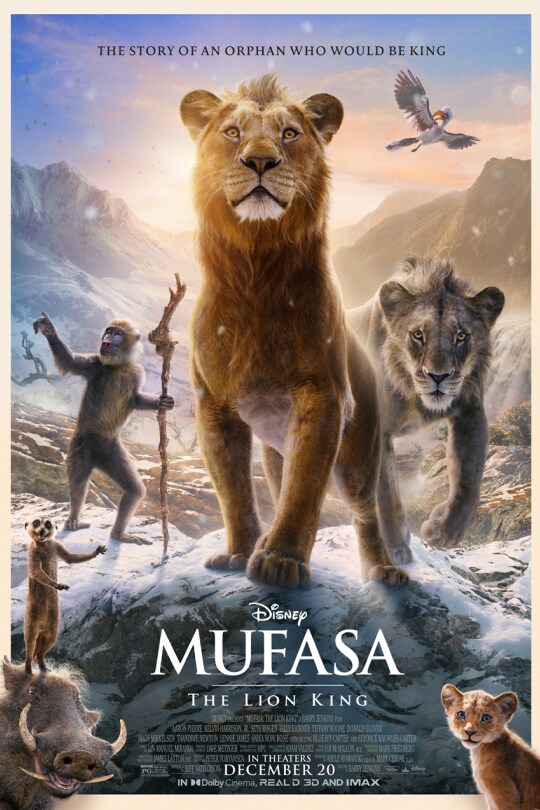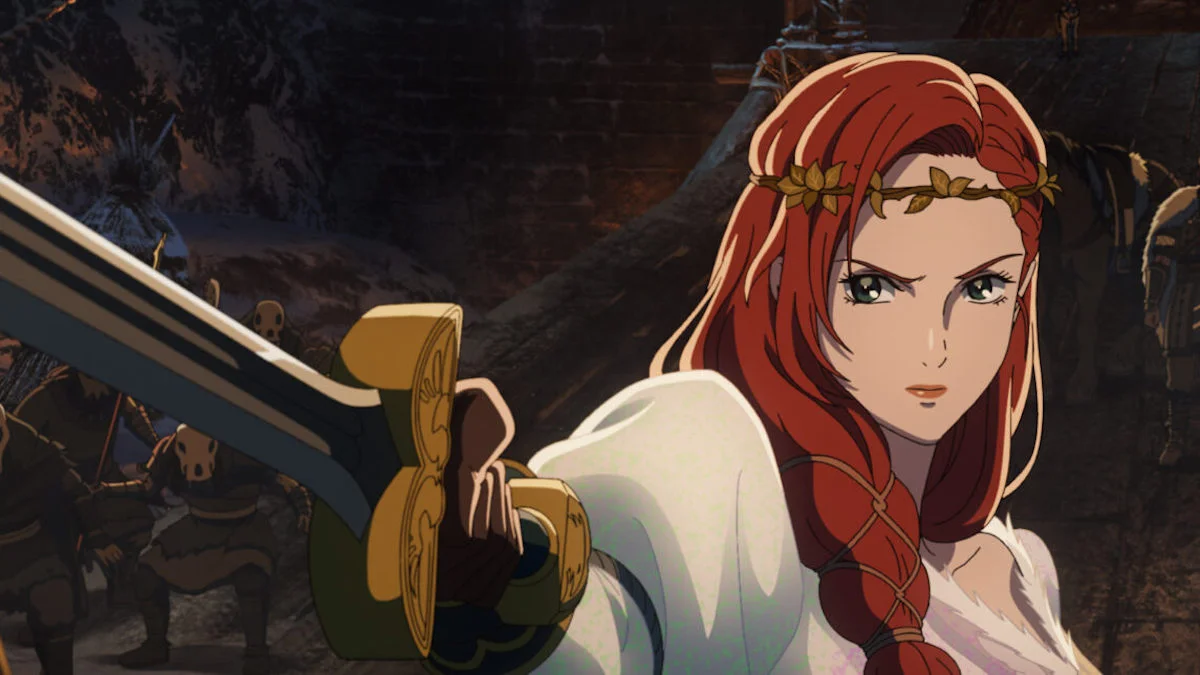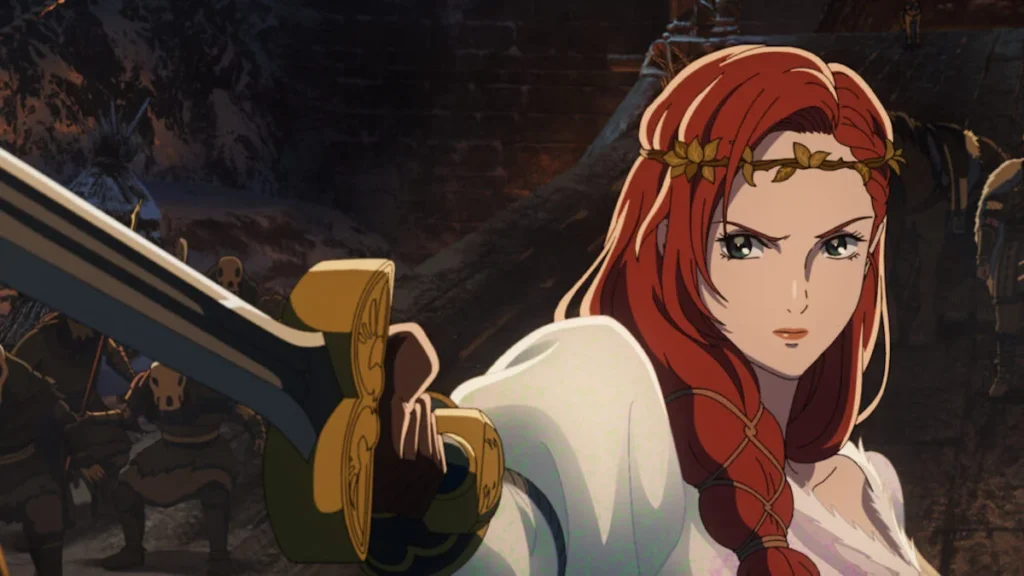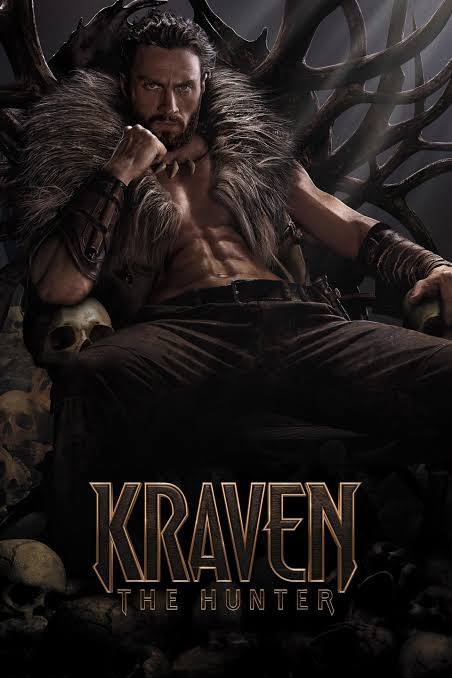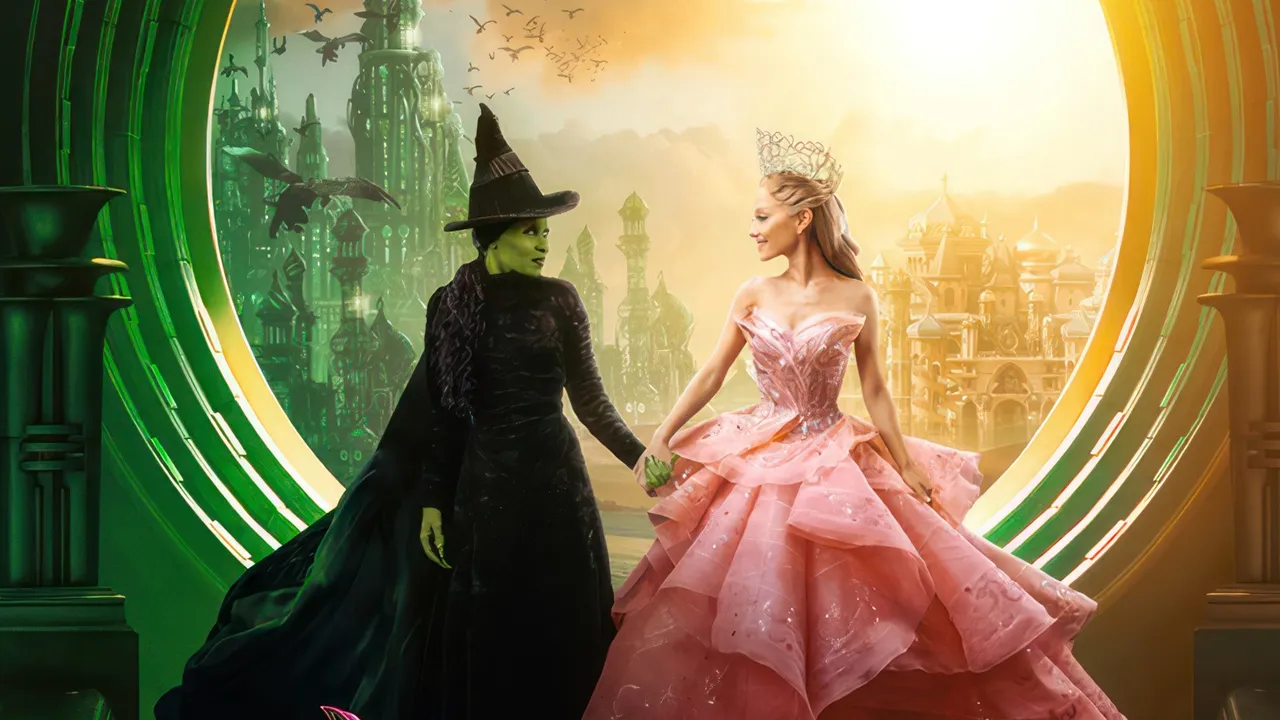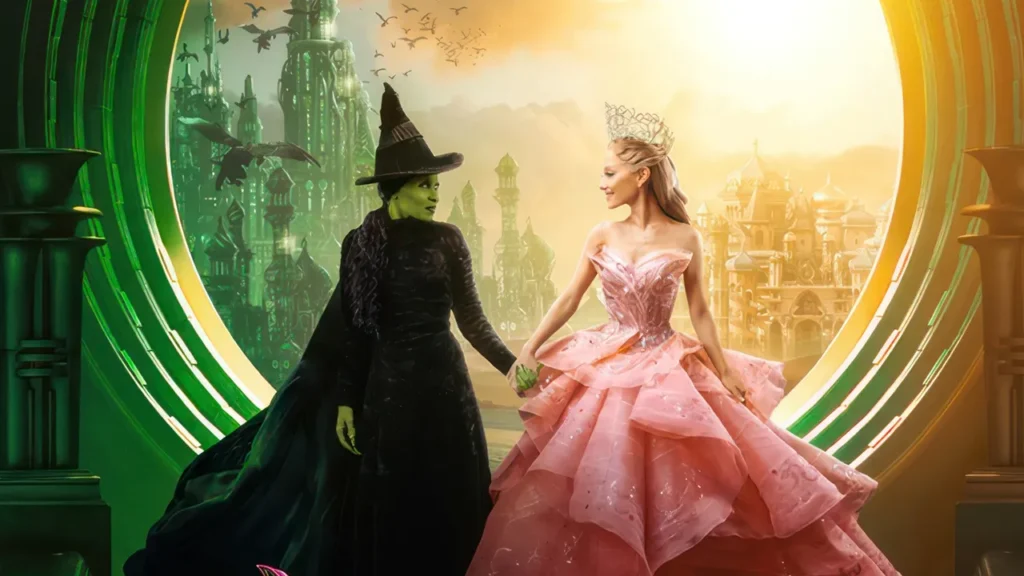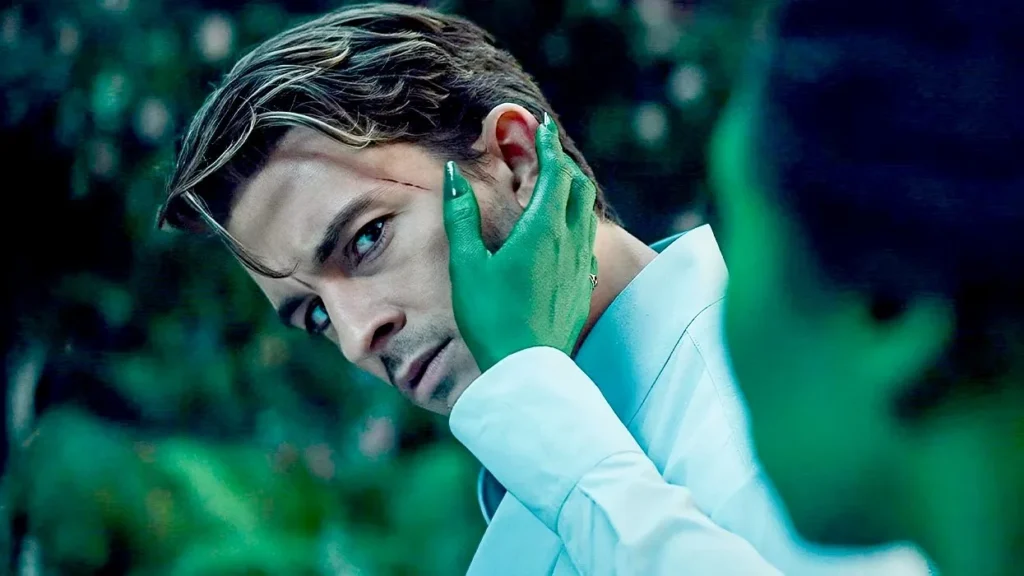A Complete Unknown
Posted on December 25, 2024 at 9:00 am
B +| Lowest Recommended Age: | High School |
| MPAA Rating: | Rated R for language |
| Profanity: | Strong language |
| Alcohol/ Drugs: | Drinking, smoking, and marijuana |
| Violence/ Scariness: | References to war, some scuffles |
| Diversity Issues: | None |
| Date Released to Theaters: | December 13, 2024 |
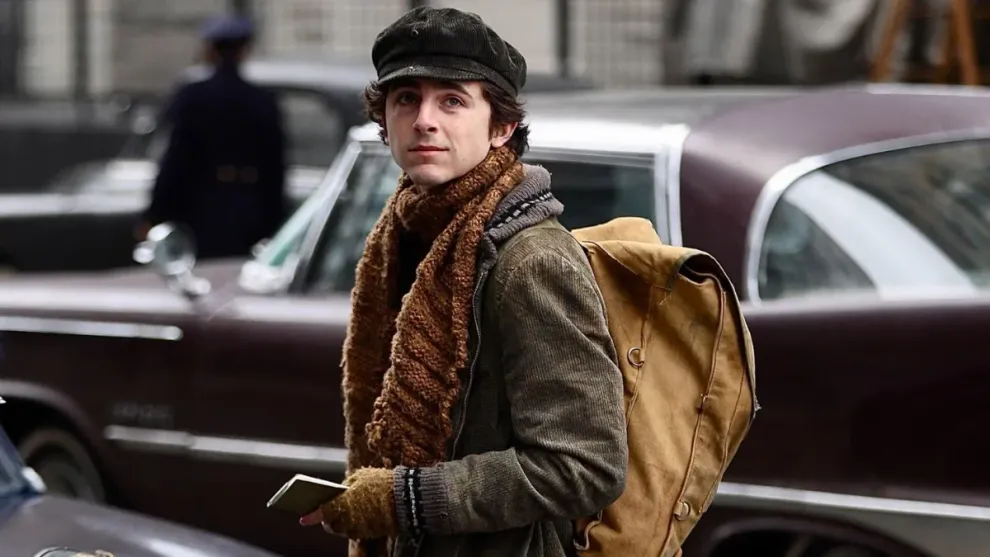
“A Complete Unknown” is the story of Bob Dylan’s early years in New York, based on Elijah Wald’s book Dylan Goes Electric!: Newport, Seeger, Dylan, and the Night That Split the Sixties. It begins with Dylan’s first stop after he arrives from Minnesota, a visit to see Woody Guthrie (Scoot McNairy), who was paralyzed and unable to speak, with Huntington’s disease. Guthrie has another visitor, Pete Seeger (Edward Norton, capturing Seeger’s nerdy, generous, gentle optimism). Dylan (Timothée Chalamet) takes out his guitar to play a song he wrote in tribute to Guthrie. The two folk singers are impressed. We then follow the 21-year-old singer/songwriter as he creates some of the century’s most groundbreaking and influential music while mistreating most of the people around him, until he creates a near-riot at the Newport Folk Festival by plugging in his guitar and “going electric.”
Biographical films, especially those about musicians, tend to have the same format, as so devastatingly destroyed in the parody “Walk Hard.” There’s the precocity and one or two formative childhood experiences, then the moment someone on the board in the recording studio says, “Hey, wait, this kid can play/sing!” Success, setback, moments of inspiration, fights with managers/bandmates/romantic partners, often a descent into drugs and/or alcohol, various breakups, possibly a health crisis, and then either an early death or some kind of rebound.
Wisely, this film, from director James Mangold, who co-wrote the screenplay with Jay Cocks, avoids most of the cliches, and makes no kind of effort to understand or reveal the inner workings of the famously inscrutable Dylan. The title of the film, of course taken from the lyrics of “Like a Rolling Stone,” applies to its subject. It is not that the movie tries and fails to help us understand Bob Dylan; on the contrary, it recognizes that Dylan defies that kind of simplification. And that he doesn’t need it and we should not attempt it. Anything we need to know is in the songs.
And so, this movie does give us the songs, full performances with Chalamet’s singing close enough to Dylan’s voice in the 60s, and perhaps with just a bit more lyrical clarity and tunefulness. The movie thus seems like one brilliant song after another, with interludes of Dylan being a terrible boyfriend. For the fans of Dylan the icon as well as Dylan the musician, there are several well-known highlights of his biography, like encounters with other future luminaries. Joan Baez is played with verve and a sweet, clear singing voice by Monica Barbaro, but with no sense of the complexity and conflicts portrayed in the recent documentary . The most amusing is Boyd Holbrook as a young Johnny Cash, who exchanges supportive letters with Dylan and, when they finally meet at Newport, encourages him to “muddy the carpet,” and stir up some trouble. Elle Fanning plays Sylvie, a character based on Suze Rotolo, the young woman pictured holding Dylan’s arm on the cover of his Freewheelin’ Bob Dylan record. She is credited with exposing Dylan to social activism. She tells him songs should be about more than Johnny Appleseed and the Dust Bowl, but Fanning’s scenes are mostly about being disappointed at what a bad boyfriend Dylan is.
At first, Dylan says all he wants is to be a musician and eat. But then he gets successful. He feels oppressed and under pressure. The fans want him to stay the same. He wants to try new ideas. More than that, he does not want to be told what not to do. He gets more reserved, more internal. but his hair keeps getting fuzzier.
The best scene in the movie is when Pete Seeger is hosting his low-key public access television show. He thought Dylan, by then very famous and very busy, was not going to show up. He invited a back-up guest, a Black folk musician. Dylan does show up. Another performer might have apologized and taken over or just rescheduled and allowed the substitute musician to play. But Dylan lights up at the prospect of jamming with him. He starts to play. Seeger joins in. It is the most illuminating, touching, and engaging moment in the movie.
Parents should know that this film includes some strong language, drinking, constant smoking, and marijuana. There are some unhappy confrontations and references to wartime violence.
Family discussion: Was Dylan right about what people wanted to hear when they asked where the songs come from? Which song means the most to you and why? Was he wrong to play electric music at a folk festival? Why did he do it?
If you like this, try: the classic documentary about Bob Dylan during these years, “Don’t Look Back” and a later documentary, Bob Dylan–The Never-Ending Narrative

